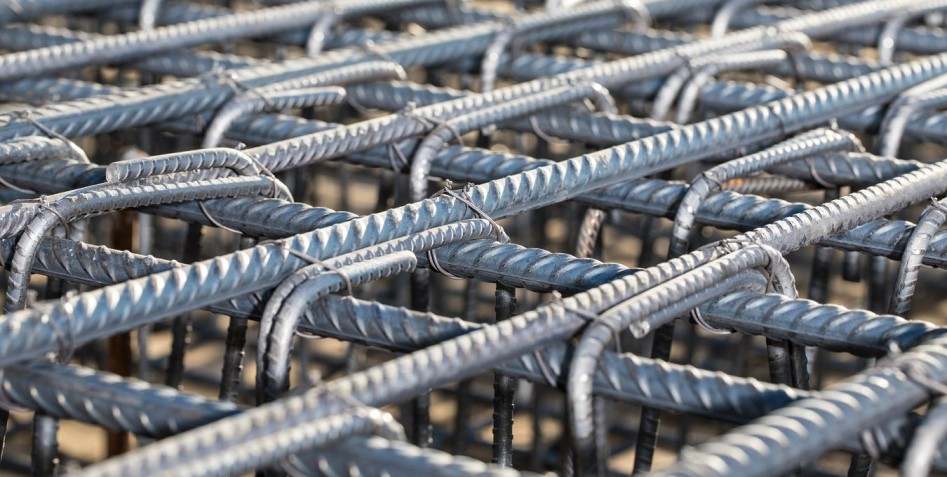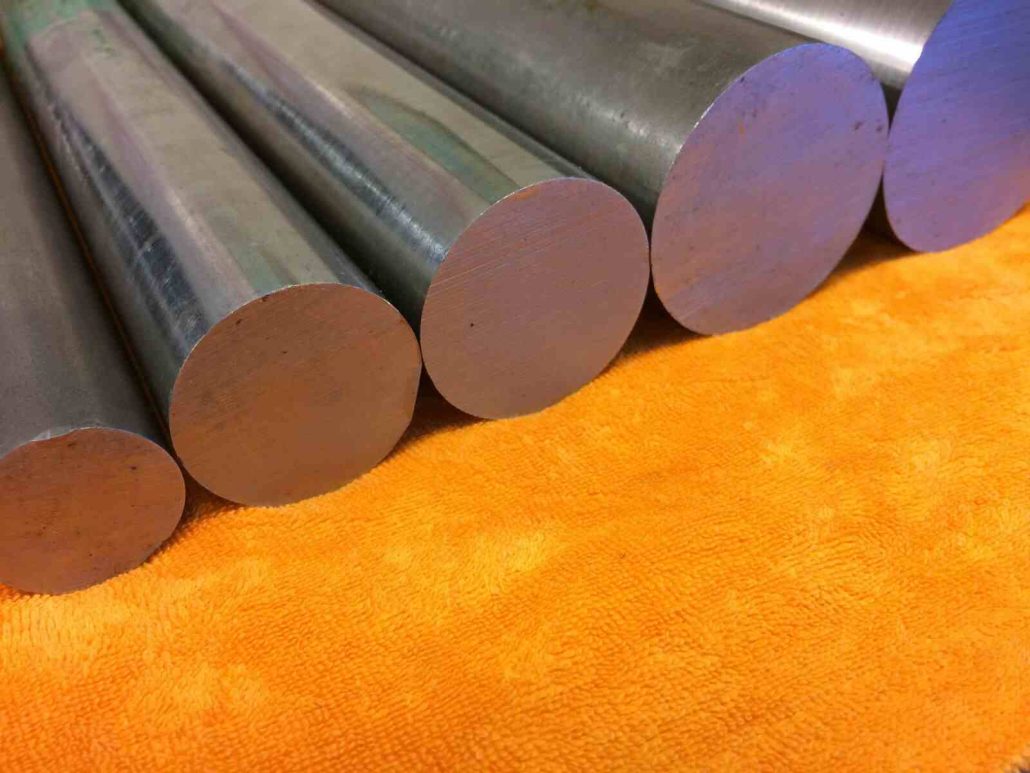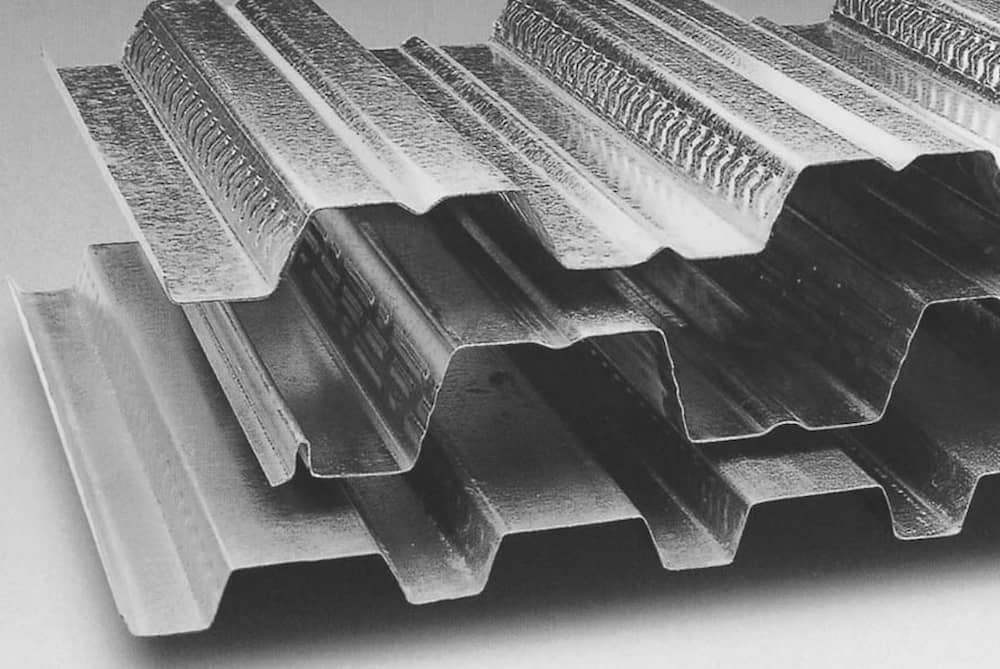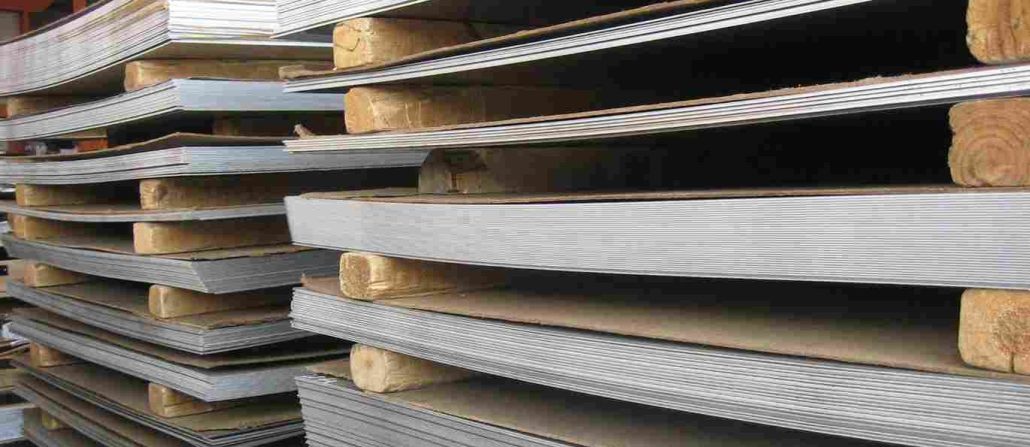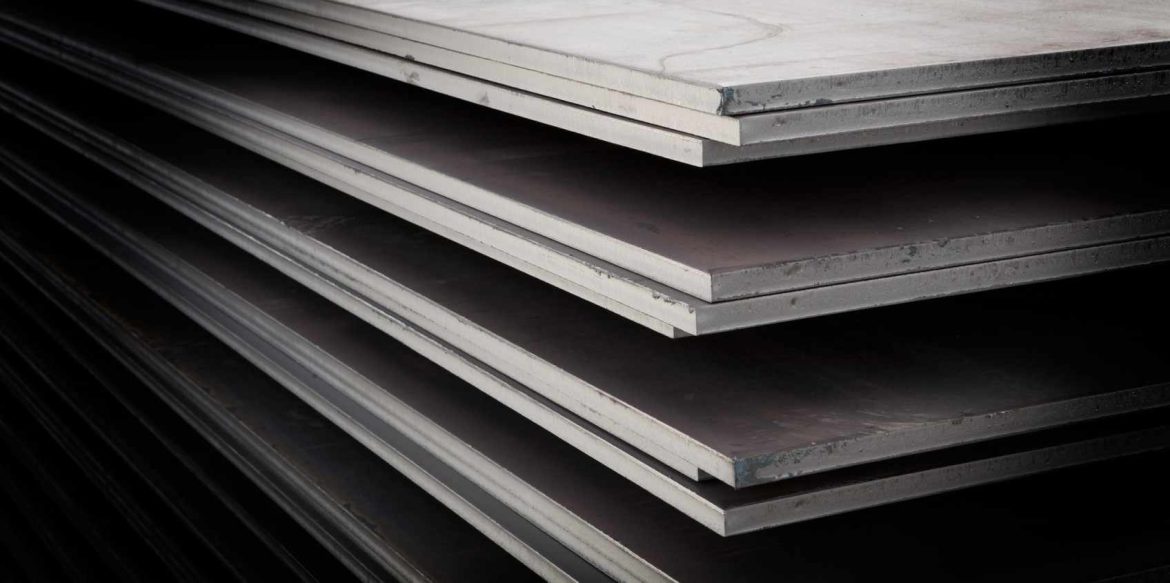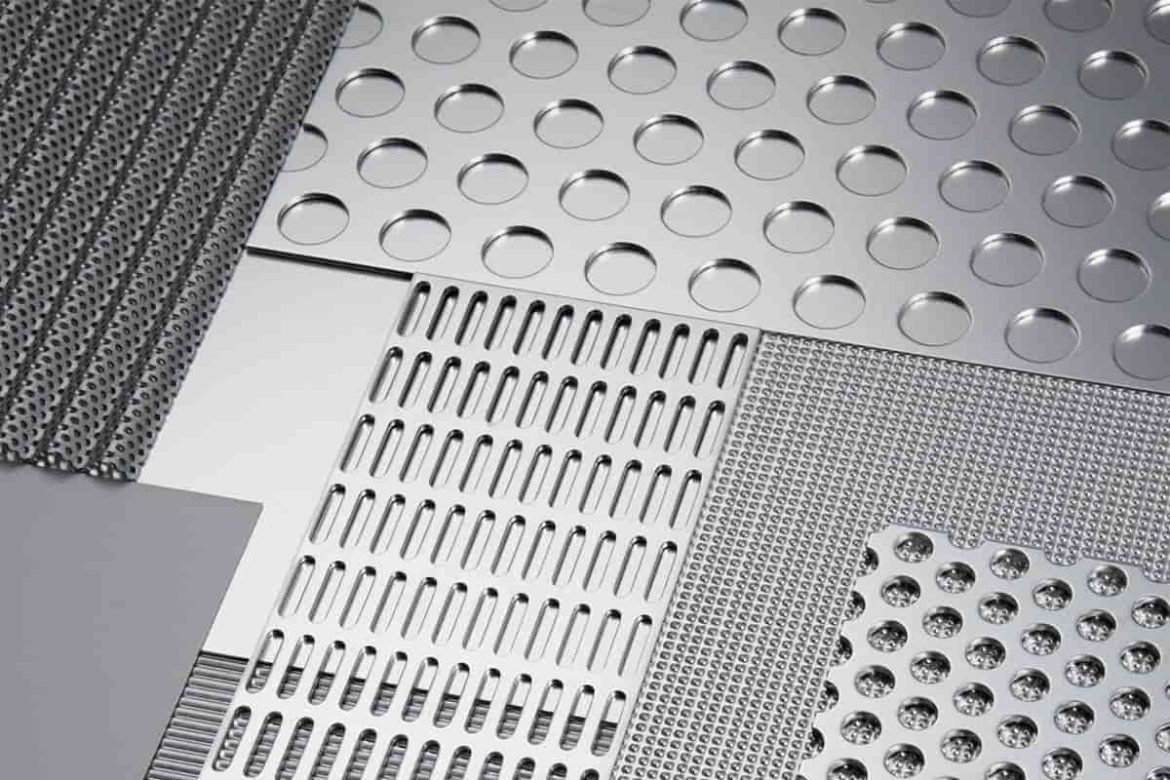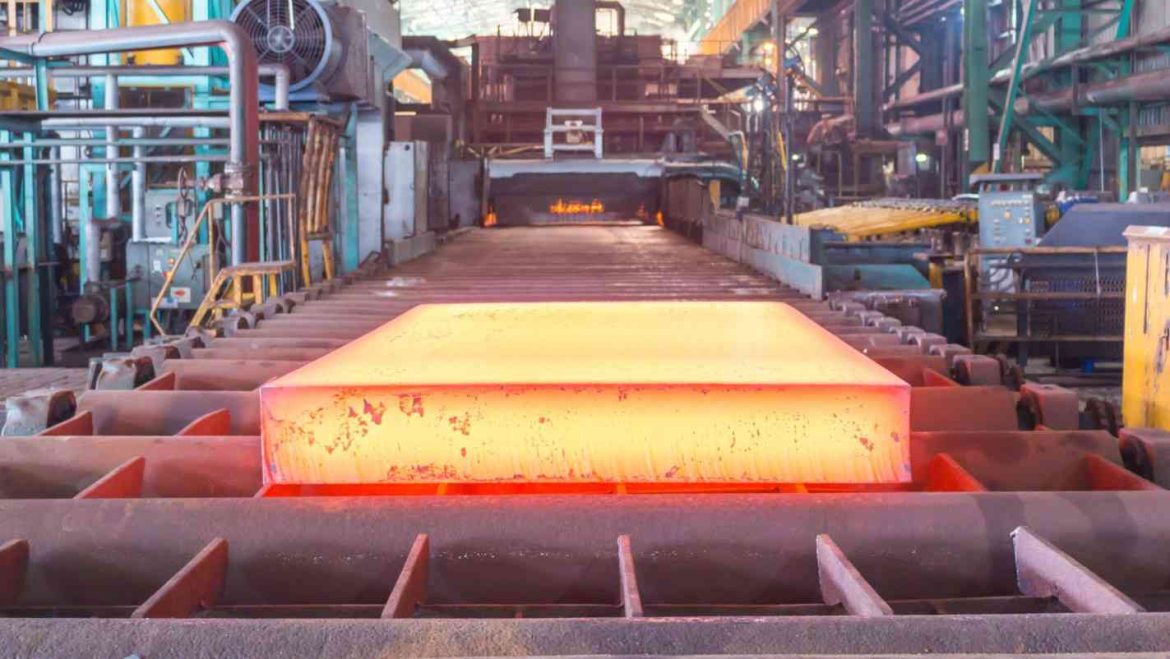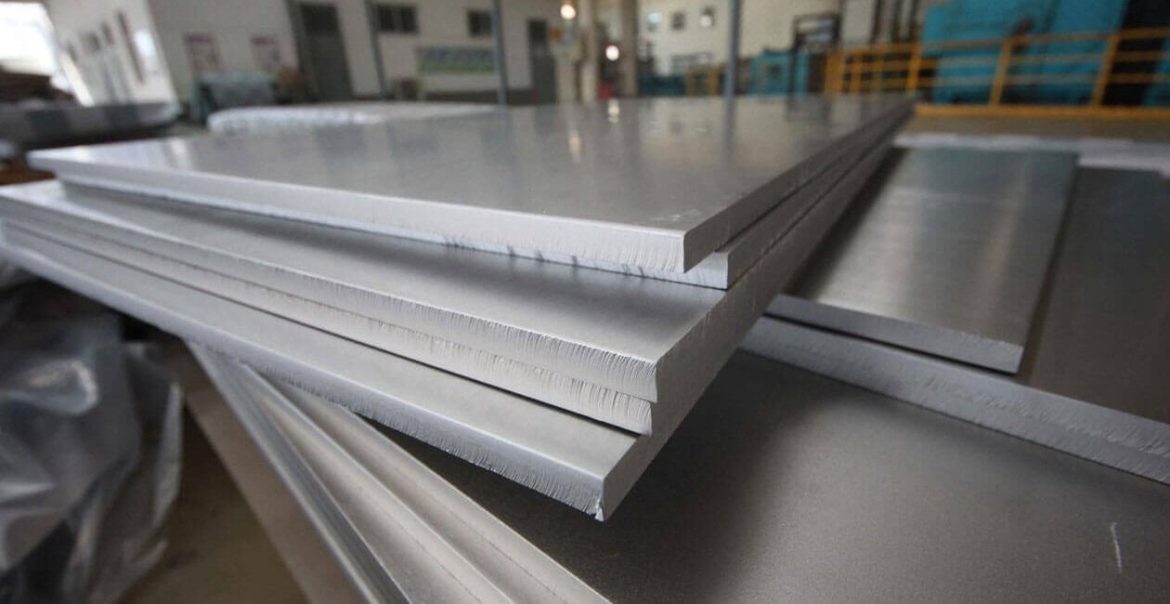The term “reinforcing bar” can also be abbreviated to “rebar.” The construction industry is one of the most common applications for rebar, primarily for the use of providing support for the concrete. Other names for this material include reinforcing steel and reinforcement steel. It results in a significant boost in the structure’s overall strength. The surface of the rebar is frequently bent in order to provide a stronger bond with the concrete. There are numerous kinds of rebar to choose from. The term “reinforcing bar” refers to a standard steel bar. The most common application for steel reinforced bar is as a tensioning device to strengthen concrete and other man-made structures in order to keep the concrete in a compacted state.  This is done to hold the concrete in place. The term “reinforcing bar” can also be abbreviated to “rebar.” Other names for this material include reinforcing steel and reinforcement steel. Applications of Rebar The incorporation of rebar into the building process enables for an improvement in the structure’s tensile strength, which is a benefit that can be realized. In order to achieve a more robust bond with the concrete, the surface of the rebar is usually twisted in a certain direction. There is a wide selection of rebar types available to pick from. Epoxy-coated rebar, galvanized rebar, rebar made of stainless steel, rebar made of carbon steel, European rebar, and rebar made of glass fiber reinforced polymer (GFRP) are the various types of rebar available. This alternative is not only useful when it comes to reusing and reinforcing building materials, but it is also friendly to one’s money in the process.
This is done to hold the concrete in place. The term “reinforcing bar” can also be abbreviated to “rebar.” Other names for this material include reinforcing steel and reinforcement steel. Applications of Rebar The incorporation of rebar into the building process enables for an improvement in the structure’s tensile strength, which is a benefit that can be realized. In order to achieve a more robust bond with the concrete, the surface of the rebar is usually twisted in a certain direction. There is a wide selection of rebar types available to pick from. Epoxy-coated rebar, galvanized rebar, rebar made of stainless steel, rebar made of carbon steel, European rebar, and rebar made of glass fiber reinforced polymer (GFRP) are the various types of rebar available. This alternative is not only useful when it comes to reusing and reinforcing building materials, but it is also friendly to one’s money in the process.
- Carbon Steel Rebars
- Reinforcing Bars Made of Welded Wire Fabric and Sheet Metal
- Rebars with an Epoxy Coating
- European Rebars
- Stainless Steel Rebars
- Galvanized Rebars
Rebars made of either expanded metal or wire mesh Glass-Fiber-Reinforced-Polymer (GFRP) Rebars However, plain rebars are also utilized in instances where the reinforcing steel has to be able to move. The necessity for twisted rebars on reinforcing steel has been an industry standard since 1968.  This is the condition that normally emerges when they are first introduced in segmental scaffolds and interstate asphalt for the very first time. The deformed example on the reinforcing bar causes the solid to adhere to the surface of the strengthening steel. The example of a warped bar isn’t shown, but the dividing lines and the height of the “knocks” are under control. Advantages of Employing Rebar When Working with Building Materials and Construction Reinforcing bar is a common type of steel bar that is hot rolled and is widely used in the construction industry, notably for the support of concrete. This type of bar is known as a reinforcing bar. The most common application for steel reinforced bar is as a tensioning device to strengthen concrete and other man-made structures in order to keep the concrete in a compacted state. This is done to hold the concrete in place. Concrete is a substance that is very strong when subjected to pressure, but it has almost no strength when stretched or pulled. A support bar is put into a concrete chunk so that it may carry the tensile loads, which helps to adjust for the awkwardness in the conduct of the concrete chunk. This type of basic steel or concrete support bar is sometimes referred to as distorted bar. It is supplied with excessive edges to assist with constraining the fortification to the concrete mechanically.
This is the condition that normally emerges when they are first introduced in segmental scaffolds and interstate asphalt for the very first time. The deformed example on the reinforcing bar causes the solid to adhere to the surface of the strengthening steel. The example of a warped bar isn’t shown, but the dividing lines and the height of the “knocks” are under control. Advantages of Employing Rebar When Working with Building Materials and Construction Reinforcing bar is a common type of steel bar that is hot rolled and is widely used in the construction industry, notably for the support of concrete. This type of bar is known as a reinforcing bar. The most common application for steel reinforced bar is as a tensioning device to strengthen concrete and other man-made structures in order to keep the concrete in a compacted state. This is done to hold the concrete in place. Concrete is a substance that is very strong when subjected to pressure, but it has almost no strength when stretched or pulled. A support bar is put into a concrete chunk so that it may carry the tensile loads, which helps to adjust for the awkwardness in the conduct of the concrete chunk. This type of basic steel or concrete support bar is sometimes referred to as distorted bar. It is supplied with excessive edges to assist with constraining the fortification to the concrete mechanically.  The use of reinforcing bars made of stainless steel offers a solution to problems associated with chloride corrosion in reinforced concrete structures, particularly in harsh conditions such as ocean water, where the premature deterioration of carbon steel is a significant problem. Stainless steels are superior to galvanized and covered steels in terms of their ease of handling, control, and welding, as well as their capacity to tolerate damage and scraped area during the installation process. The use of reinforced bars made of stainless steel will outlast those made of galvanized steel by more than 5 times in a variety of damaging situations. Stainless steel can be reused after it has served its administrative purpose for a number of years; this has a lower impact on the environment. Stainless steel is an economically sound alternative that can be used in constructions that will have difficult future access for the purpose of repair or support. It is likely that the mechanical strength of stainless steels as well as their resistance to corrosion could make it possible to reduce the thickness of concrete, which can be a tremendous aid when attempting to lighten the load of a structure. Stainless steels are also resistant to corrosion. It is analogous to the decreased costs that are associated with moving things once they have been dismantled and then reassembled. It is recommended that reinforcing constructed of stainless steel be utilized in the basic corrosion zones in the same manner in which it is practicable to do so.
The use of reinforcing bars made of stainless steel offers a solution to problems associated with chloride corrosion in reinforced concrete structures, particularly in harsh conditions such as ocean water, where the premature deterioration of carbon steel is a significant problem. Stainless steels are superior to galvanized and covered steels in terms of their ease of handling, control, and welding, as well as their capacity to tolerate damage and scraped area during the installation process. The use of reinforced bars made of stainless steel will outlast those made of galvanized steel by more than 5 times in a variety of damaging situations. Stainless steel can be reused after it has served its administrative purpose for a number of years; this has a lower impact on the environment. Stainless steel is an economically sound alternative that can be used in constructions that will have difficult future access for the purpose of repair or support. It is likely that the mechanical strength of stainless steels as well as their resistance to corrosion could make it possible to reduce the thickness of concrete, which can be a tremendous aid when attempting to lighten the load of a structure. Stainless steels are also resistant to corrosion. It is analogous to the decreased costs that are associated with moving things once they have been dismantled and then reassembled. It is recommended that reinforcing constructed of stainless steel be utilized in the basic corrosion zones in the same manner in which it is practicable to do so. 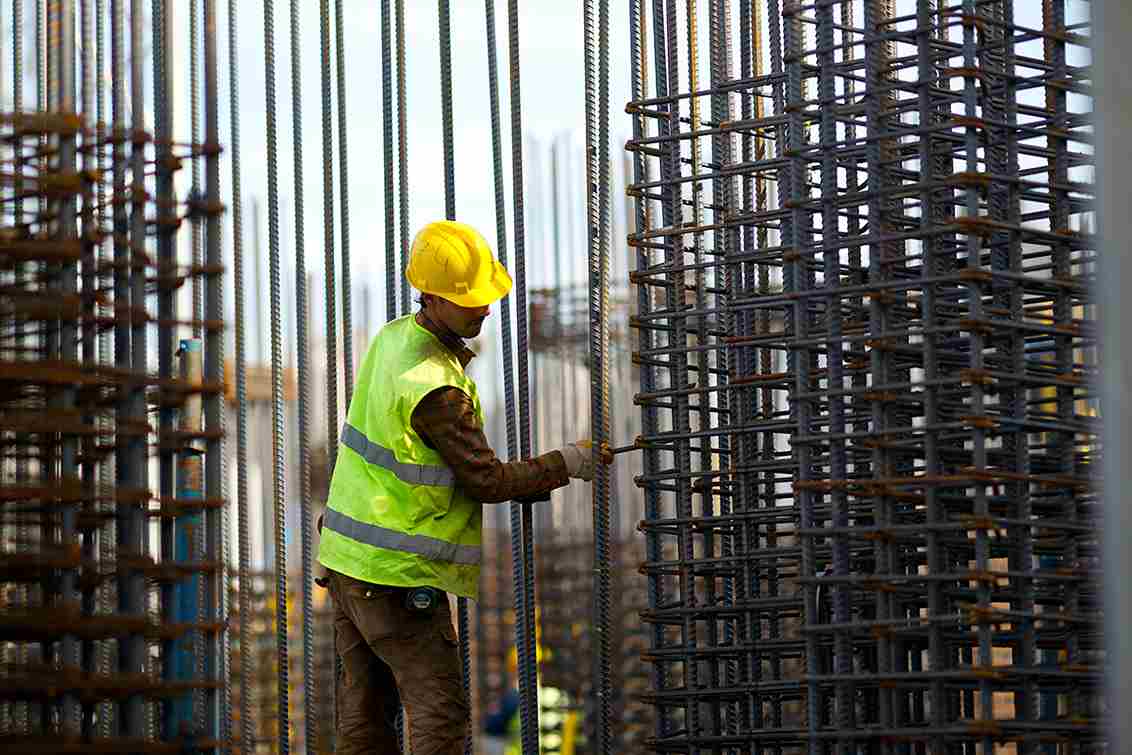 In the event that the information that has been presented is accurate, there is no possibility of galvanic corrosion of reinforced-bar when the bar is covered in concrete and is situated a significant distance away from imagined corrosive zones. The pieces of carbon steel and stainless steel can be joined together by the use of couplers or by lapping, depending on which method is preferred. Because austenitic stainless steels have a low magnetic permeability, they are well-suited for applications that require the elimination of applications that could be adversely affected by strong magnetic fields. This is because these kinds of applications require the elimination of applications that could be adversely affected by strong magnetic fields. These applications include, but are not limited to, the construction of housings for electronic equipment, bases for transformers, hospital structures, and airport terminals. It is a great material for use in the strengthening of regulatory frameworks for liquefied natural gas (LNG) and liquid oxygen because austenitic stainless steel keeps its ductility at temperatures lower than -196 degrees Celsius.
In the event that the information that has been presented is accurate, there is no possibility of galvanic corrosion of reinforced-bar when the bar is covered in concrete and is situated a significant distance away from imagined corrosive zones. The pieces of carbon steel and stainless steel can be joined together by the use of couplers or by lapping, depending on which method is preferred. Because austenitic stainless steels have a low magnetic permeability, they are well-suited for applications that require the elimination of applications that could be adversely affected by strong magnetic fields. This is because these kinds of applications require the elimination of applications that could be adversely affected by strong magnetic fields. These applications include, but are not limited to, the construction of housings for electronic equipment, bases for transformers, hospital structures, and airport terminals. It is a great material for use in the strengthening of regulatory frameworks for liquefied natural gas (LNG) and liquid oxygen because austenitic stainless steel keeps its ductility at temperatures lower than -196 degrees Celsius.
